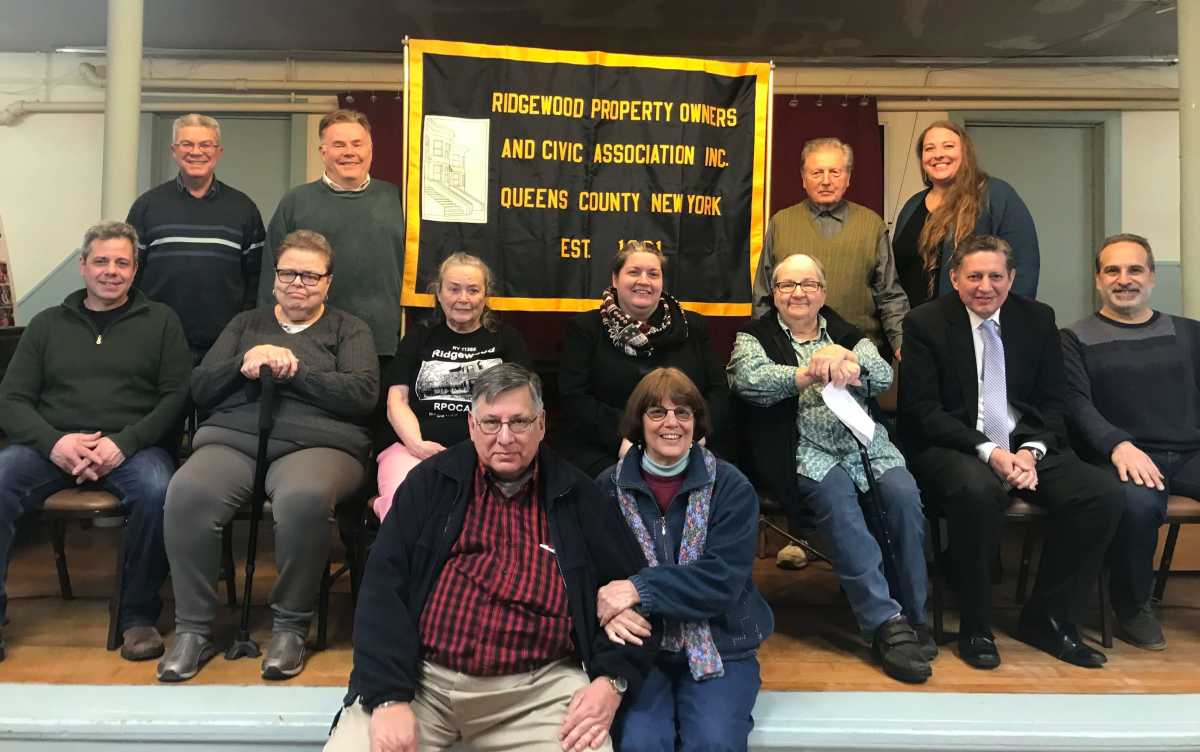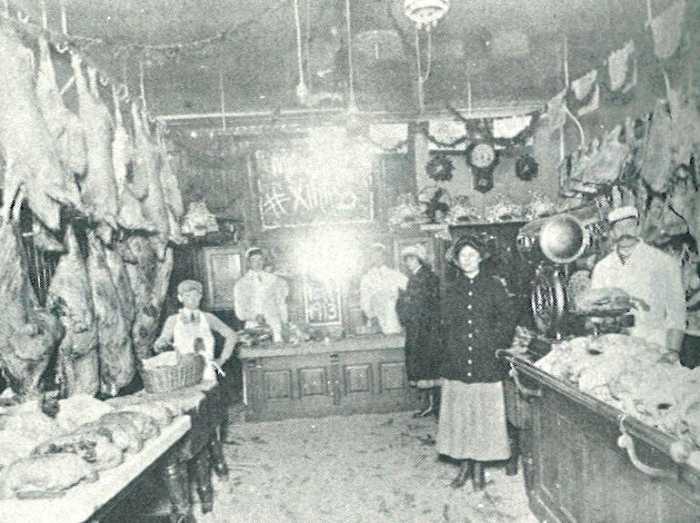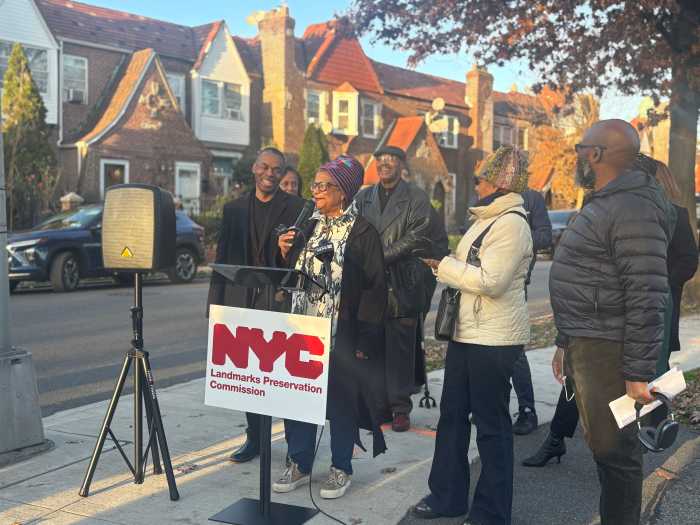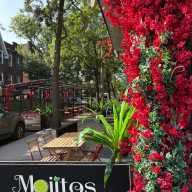BY ANDREINA RODRIGUEZ
With hundreds of landmarked homes in the Ridgewood area, the Ridgewood Property Owners and Civic Association (RPOCA) is seeking to educate landlords about how they can benefit from appropriately renovating their brownstones and apartment houses.
The Ridgewood Property Owners and Civic Association (RPOCA) held an informational seminar on March 7 at the Ridgewood Presbyterian Church.
Elaine and Joe Haufe, homeowners and longtime members of the RPOCA, presented details on applying for and receiving $10,000 in New York State tax credits as homeowners living in a Historic District.
Ridgewood includes four landmark districts designated by the New York City Landmarks Preservation Commission: Stockholm Street Historic District and the Ridgewood North, Central and South Historic Districts. These districts consist of cultural, historical and architectural significance in which any alterations made by homeowners of these buildings are protected under guidelines of the Landmarks Law that must be approved beforehand.
The New York State Historic Homeowner Tax Credit Program, provided through the New York State Office of Parks, Recreation and Historic Preservation, offers 20 percent of qualified expenditures for up to $50,000 in credits. The program is an opportunity for to aid those in the Historic District community to initiate in any repairment projects while preserving the historic character of the building. Anybody who owns a historic commercial building is able to participate.
The Haufes shared their experience with the program through their participation in the Brownstone Restoration Project in which they had the deteriorated brownstone chipped away from their home until it was cut down to a stable condition. They stated that the Landmarks Preservation Commission (LPC) also had to approve the tint used to mix it in with.
“It was two weeks, two men everyday,” Joe Haufe added in about how long the restoration took.
Along with the brownstone, they also worked on their door and pine flooring. The Haufes hired Tuscan Iron Entries, a dooring company based in Tennessee, to replicate the historic door, as required under landmarks law for homes in an historic district.
Following the district guidelines are crucial, as RPOCA Counsel Paul Kerzner discussed the issues with not following them directly and carefully. The LPC will impose a fine unless the issue is corrected once addressed.
The door replacement process took the Haufes four months in which they met with LPC officials in order to prove that the door they matched with was the same throughout the neighborhood and for them to approve it.
From pine flooring to parquet, the Haufes were able to have four houses done in a row, including their neighbors’ residences.
As the tax credit program includes a three-part application, they also discussed the third part of the process, which requires homeowners to submit photos, drawings and layouts of renovations in order to provide a perspective in order to be approved by the Preservation office.
“It took me roughly twelve hours taking all the pictures, filling out the application, and doing all the drawings,” Joe added. “You have to walk on the diagram…what angle you were taking the picture from, mark the pictures, print out the pictures, and also create a CD with the pictures on it”.
Kerzner asked what they would’ve done differently. Elaine Haufe responded that she would’ve done the process earlier had she known about the program so that they could’ve worked on the kitchen. Because their kitchen was recently renovated, they could not submit another application for it to be approved.
Although this took them a lot of time and effort, Elaine Haufe considers it to be very worth it.
More information about the tax credit program can be found on New York State Office of Parks, Recreation and Historic Preservation website, www.nysparks.com/shpo.



































